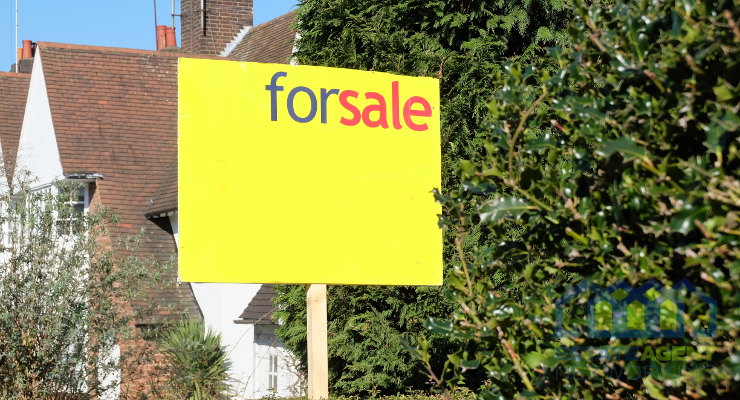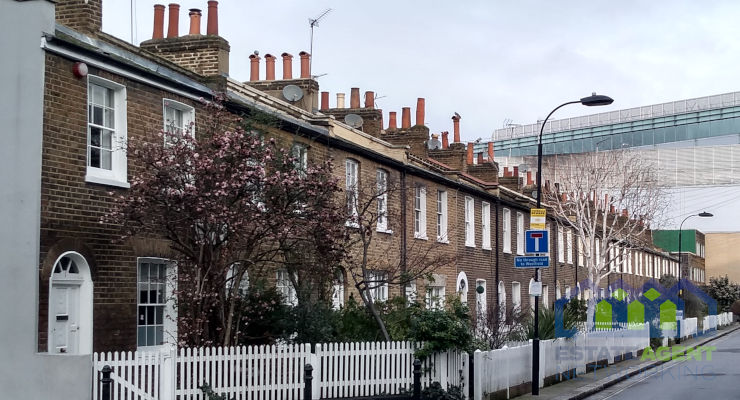Working with charities to benefit all
In this series of marketing blogs, we look at working with charities or community groups to give value to your business and your customers. From basic marketing principles to consider through to the benefits and the challenges, we will also be featuring a number of creative case studies.
To gain the most from investing resources into working with charities, consider these brief points:
Relevant project objectives
Increasing brand profile, generating leads, contributing to the community and staff team development are likely to be very similar objectives for most companies when working with charities. Be relevant to your specific company, even if it’s as simple as the staff choosing the charity. Be relevant to the amount of resources you can commit to the project plan and aim to make your project objectives SMART (specific, measurable, achievable, realistic and timely).
Of course, the project should be relevant to achieving the charity’s objectives too! A great example of this is the partnership between Barratts Developments and the RSPB – the case study follows later in this article.
Marketing plan & activities
Produce a marketing plan in advance covering a comprehensive mix of marketing communications activities, to ensure both partners get maximum benefit from the collaboration. You are doing great work for a charity and the community, so be sure you send out the message in as many ways as possible!
Brand profile
Ensure correct brand usage is policed – you don’t want to see your logo stretched on any print or online! Agree in advance how you want your company to be described by the charity on their publicity and provide company details and quotes for them to use. A joint media release will give most chance of achieving the best media coverage, and both partners should see any media releases, marketing content or print for approval before it is sent, goes live or is printed.
Monitor and evaluate
Obviously it’s important to monitor and evaluate the project, before, during, and after. Did it achieve objectives and is worth repeating? Is there anything you would do differently next time? You can measure media coverage, social media engagement, blog post hits etc from BOTH partners, but also measure the qualitative aspects of the project. How did it make the staff feel? How did it help the charity and what will any funds be used for? This will also provide you with great extra content for end of project online articles and media releases.
Staff
Get the staff involved. Fundraising for a local, regional or national charity that means something to one or more of the team not only produces great PR, it also builds team spirit. Nothing like training and running a 10k together, with all the blisters, pain, sweat and sense of achievement, to bond a team!
Staff are also a great source of ideas – you won’t be the only company sending out media releases about your charity work, so the more unique or relevant it is, the more newsworthy it will be.
Case Study: Barratts Developments and the RSPB
Aiming to achieve your company objectives plus the objectives of the charity, can achieve long term benefits, for both partners, the end customer, the wider population and even the environment.
This year, Barratt Developments has joined forces with the RSPB to set a new benchmark for nature-friendly housing developments – the first national agreement of its kind in the UK.
Objectives of the project include:
Working with the RSPB to share best practice on supply chain management
Engaging with Barratt Developments’ employees and raising awareness of wildlife-friendly best practice
Seconding a biodiversity expert from the RSPB to advise the company
Using RSPB advice and expertise on biodiversity to inspire Barratt homebuyers to ‘give nature a home’, so involving the customer within the process.
The first development to pioneer the new approach will be at Kingsbrook1, Aylesbury Vale; one of the largest Barratt sites currently in planning. The development includes 2,450 new homes, new schools and community facilities designed to provide much needed new homes with putting nature at the heart of the proposals.
Around 50% of Kingsbrook will be green infrastructure2, including orchards; hedgehog highways; newt ponds; tree lined avenues; fruit trees in gardens; bat, owl and swift nesting boxes and nectar-rich planting for bees.
The development will also include 250 acres of wildlife-rich open space, the size of 100 football pitches, accessible to all residents of the Vale.
The three year partnership will significantly enhance Barratt’s approach to sustainability and reviewing its landscaping and planting to enhance wildlife habitats, and contributes to the RSPB’s goal of inspiring everyone to ‘give nature a home’.
Welcoming the partnership, Mike Clarke Chief Executive of the RSPB, said: “With hundreds of thousands of homes needed in the next few years, now is the time for conservationists and homebuilders to pull together to ensure the wildlife is boosted rather than ousted in the process.
“We are confident that many positive steps can be taken to build wildlife into new housing developments, giving nature and people a home and increasing quality of life.”
Mark Clare, Barratt Developments Group Chief Executive added: “For too long, nature conservation has often been seen to be in conflict with economic development and job creation. Our partnership with the RSPB will demonstrate how we protect and enhance the biodiversity of the local area, benefitting the economy, creating employment and improving health and wellbeing for our customers and the communities we create.”
Of course, many of you are, or have been, engaged in charity projects already, so we would love to hear about your experiences and share them on this site. Email editor@estateagentnetworking.com with your story (and pictures if possible!).
Next week we hear about how working with charities brought the staff at Bidwells closer together to celebrate their 175th anniversary.









